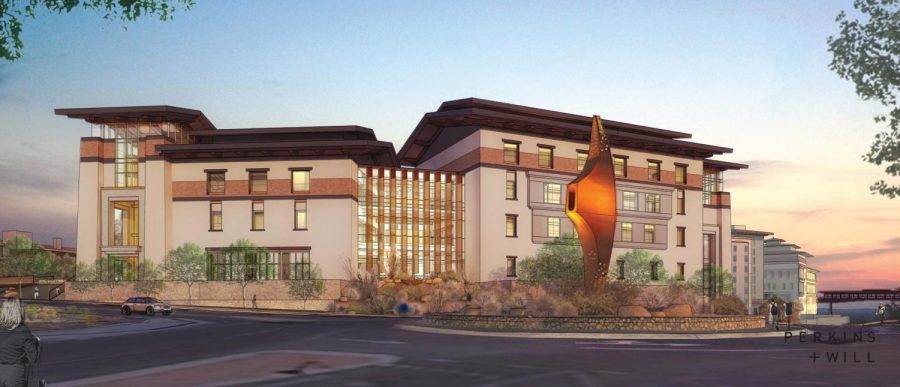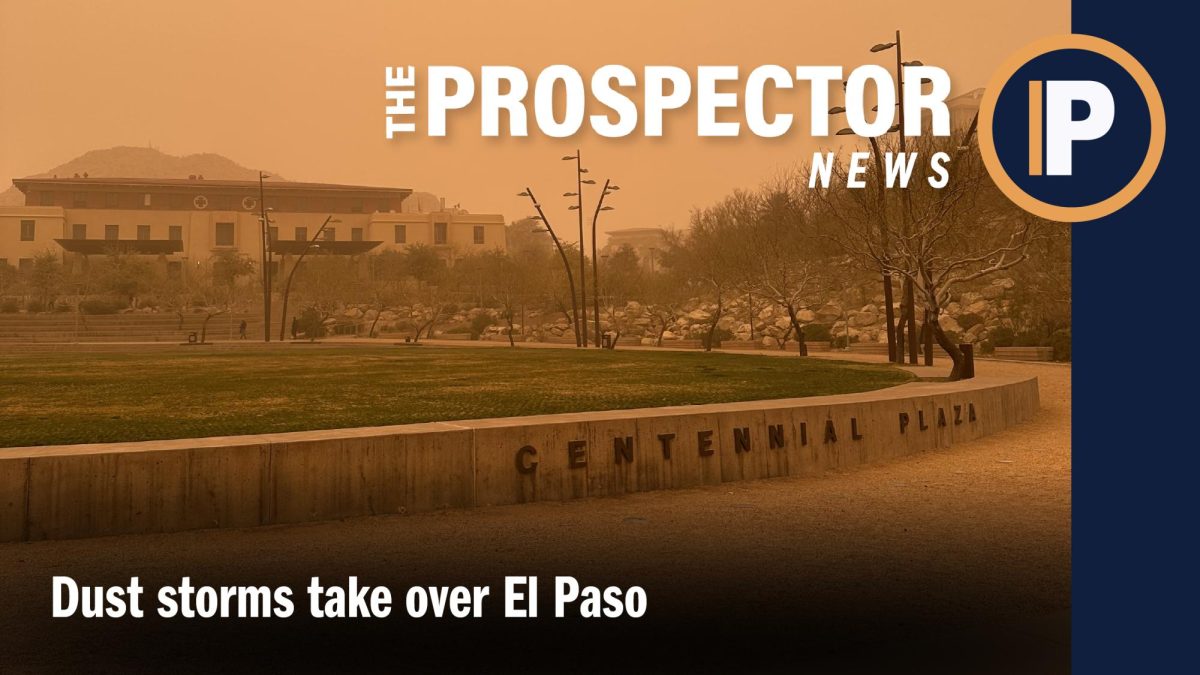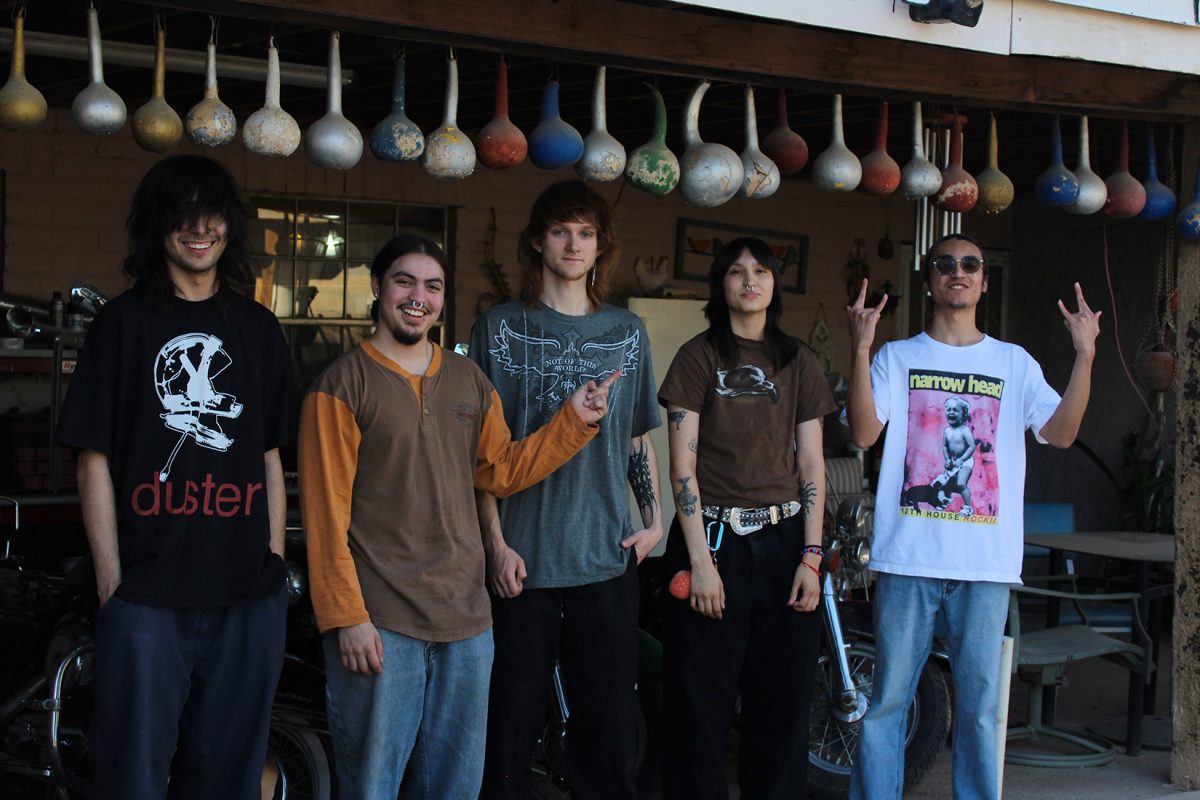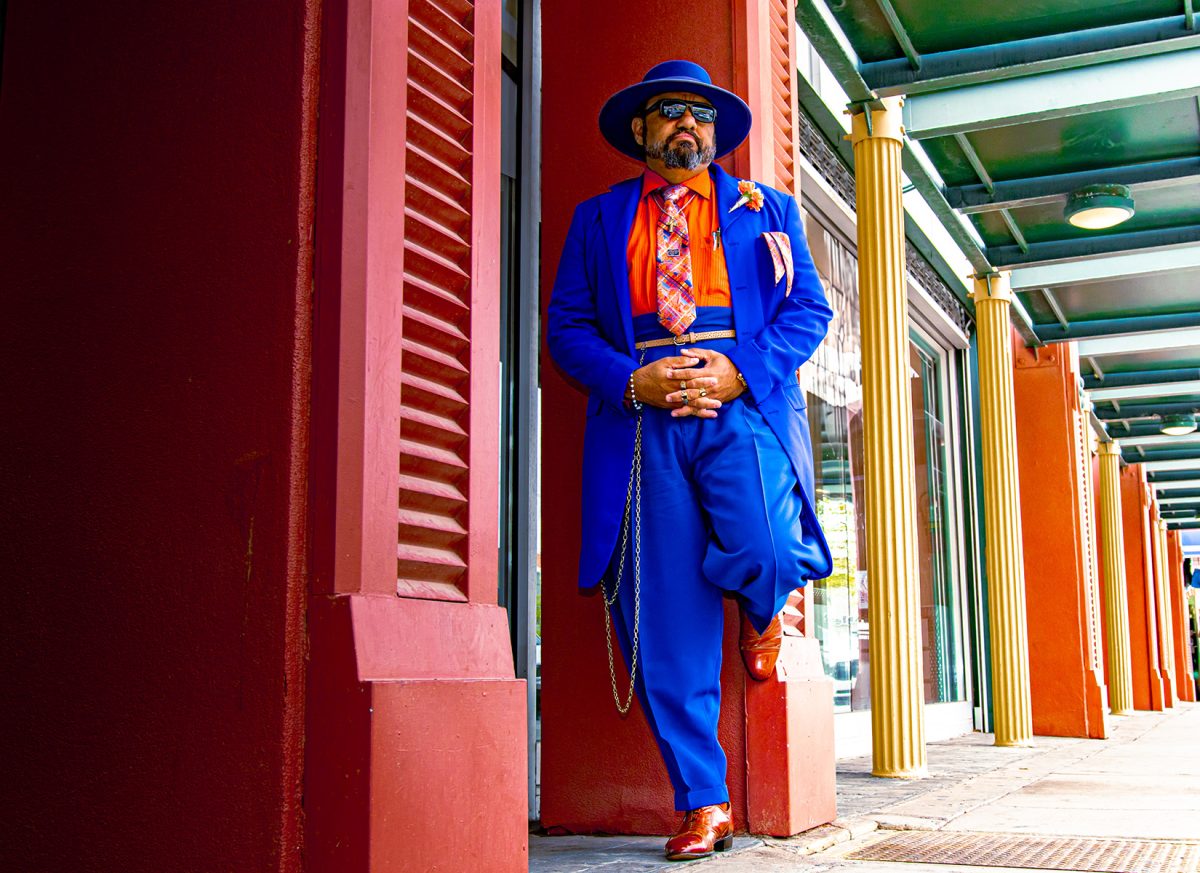UTEP’s Interdisciplinary Research Building (IDRB) was supposed to have its grand opening in the summer, but due to delays because of the COVID-19 pandemic, the last major pieces of furniture were barely installed at the end of August.
Now, the new research building is finally in use.
“Nine teams (of research) are actively moving in as we speak,” said Greg McNicol, UTEP’s associate vice president for facilities management.
However, because UTEP is currently operating under low density capacity, the building is not open for the general public just yet, McNicol explained.
Planning for the IDRB began in December 2015 with a budget of $93.5 million, then in 2017, construction began.
At first, the university predicted construction would be finished sometime in the Fall 2019 semester, but in January, McNicol stated the building would be operational by April or the following summer the latest. That changed when COVID-19 forced its ‘grand opening’ to be rescheduled once again.
This new building is a 156,000 square-foot structure, with 90,000 square feet on the inside made up exclusively of workspaces like laboratories and conference rooms.
There are no offices for any UTEP department or faculty inside the building, according to McNicol.
The new research building is divided into three major segments, two of which consist of five floors, and the last segment consisting of four floors and a penthouse.
Its design and purpose
The IDRB’s design is a unique mixture of modern and Bhutanese architecture, following a transparent theme that can be seen through its extensive use of glass for the building’s interior.
The “crystal palace concept” was chosen to reflect its ultimate purpose of people from across disciplines “transparently working together and sharing ideas,” said Dr. Roberto Osegueda, UTEP’s vice president for research.
The IDRB was strategically placed next to the Undergraduate Learning Center (UGLC) so students and staff from either building can come together, socialize, and share their respective projects, McNicol said.
“The intention is to motivate more and more students to embark on new research ideas, as well as collaborate in already existing projects,”McNicol said.
Furthering UTEP’s research program
IDRB’s development coincides with UTEP’s R1 designation in the Carnegie Classification of Institute of Higher Education in 2018, a status only given to universities with high research activity that surpass $100 million in annual research expenditures.
“This collaborative, state-of-the-art facility is another example of how UTEP is creating a new national research university model,” Osegueda said. “With more than 300 faculty and staff engaged in research, millions in funding resulting from a record number of proposals, and invaluable research opportunities for our students, this space will only enhance our contributions toward solutions for the future.”
The nine research teams currently utilizing the new research building are working on a wide variety of projects, ranging from a public health study focused on acquired immunodeficiency virus to an engineering project pursuing advance sustainability in transportation through the study of electric vehicles.
Access and workplace safety measures
The building is UTEP’s first entirely “keyless” building, as McNicol put it, meaning all of its entrances, both inside and out, are touchless.
All floors, except the second, have restricted access, that can only be opened with a special entry card, according to Jeff Bourke, the building operations manager of the IDRB.
The current access policies were designed to reinforce mandated safety measures inside the building, McNicol explained.
So far, only principle investigators and their cleared student research assistants can access the building, although only specific areas of the IDRB have been approved to use, Bourke said.
“Once we get past COVID, the building’s lockdown will change,”McNicol said.
Incoming research teams have been briefed on the current safety plans and rules for those who will be collaborating in the IDRB, but “the rules of social distancing are in conflict with the concept of this building which is bringing people together,” Osegueda said.
Despite the obstacles brought by the pandemic, McNicol said the university strives to connect people through shared research among multiple colleges and across various disciplines.
“Great ideas come from everywhere,” McNicol said.
As for a grand opening, McNicol said it hasn’t been scheduled yet, but that he would expect one to occur once COVID-19becomes a thing of the past.
Daniela Ramos may be reached at [email protected].














